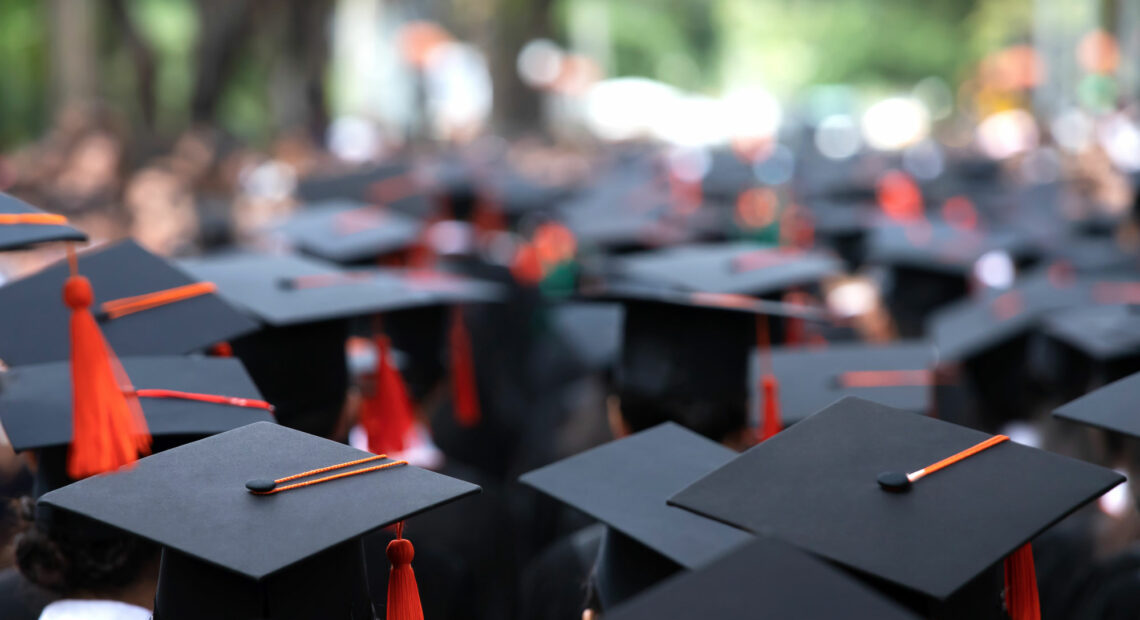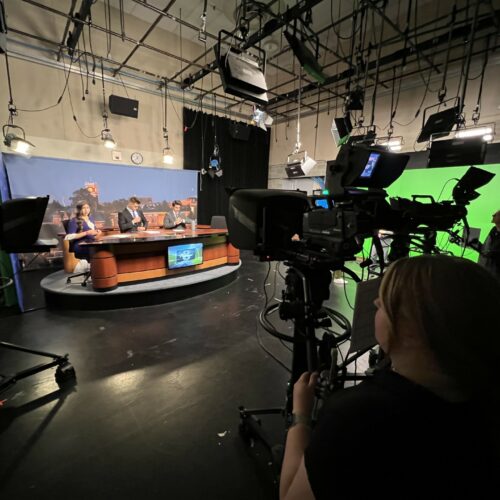
Washington agencies help students continue their education
Listen
(Runtime 1:09)
Read
The Washington State Office of Equity and the Washington Student Achievement Council (WSAC) want to improve people’s access to education through grants and funding.
The Washington State Office of Equity and WSAC will hold a free, joint webinar in English and Spanish on Tuesday from 6 to 7 p.m. via Zoom. During the webinar, they’ll explain how to access grant funding. An online form is available to register for the event.
Yaslin Torres is with the WSAC. She said the agency’s goal is to ensure people in the state have their high school diploma or the equivalent.
Torres said WSAC also aims to help people receive an education after high school.
“That could be a certificate, an apprenticeship, a two-year or a four-year degree,” she said.
Torres said for some low-income families, it is a challenge to fulfill their educational goals. For some, a lack of information is one of the barriers they face.
Megan Matthews, the director of the Washington State Office of Equity, agrees. She said she lived it herself. Her family didn’t know how to access federal or state funding.
“I had a teacher, a high school teacher, who helped me do all of those things,” Matthews said.
Rep. Steve Bergquist, a Democrat representing the 11th Legislative Distrtict, is the co-chair of the Washington State House Joint Higher Education Committee.
“The biggest barrier is the financial aid forms. If they’re not aware of financial aid forms and just the ability to fill them out, then they can’t access the financial aid,” Bergquist said.
Torres said that the lack of information is sometimes mixed with myths and assumptions about eligibility or immigration status.
“There’s a lot of families who either don’t think they qualify because of income, or they don’t qualify because of their status, and both of those things could be completely wrong. But just because one person maybe said something, they now think that.” Torres said.
Matthews said that, in many cases, it is not only about having access to education programs. She said it also involves thinking about health care, public transportation and other necessary services to go to educational institutions.
Matthews said digital inequality is another barrier communities around the state experience.
“If people can’t participate on the internet, they can’t be part of the digital economy. Even when you’re talking about different jobs, we want to prepare our children for future jobs,” she said.
Torres and Mathews said that different options in Washington could help community members get funds for their studies, such as the Free Application for Federal Student Aid, or FAFSA. There’s also the Washington Application for State Financial Aid, or WASFA.
Both programs allow residents in the state to apply for the Washington College Grant, a state program that allows eligible people to access money for different types of education.
“We want folks to have the opportunities for apprenticeships, trade certification programs and two or four-year college,” Matthews said.
Matthews said the Washington College Grant provides complete or partial funding for college or career training based on income and eligibility requirements, including those who may not qualify for federal aid.
Bergquist said the Washington College Grant does not have a threshold or a specific number of grants.
“As much as they qualify for, it’s a guarantee. It’s a guaranteed program,” he said. “Over 105,000 students get Washington College Grant funding yearly. That number is growing.”
















